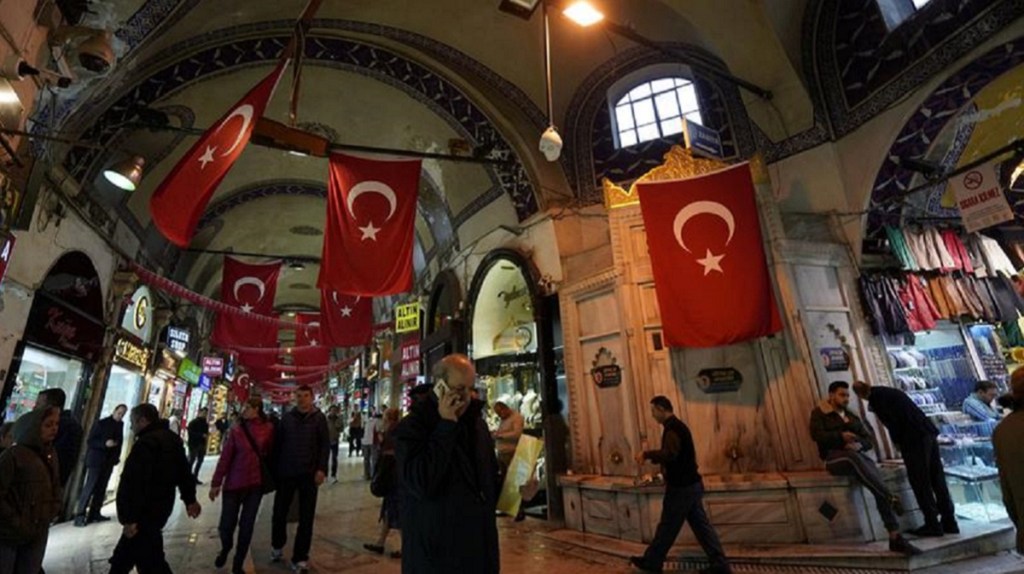Turkey was already battling runaway inflation with the economy on the brink, when the deadliest earthquake (7.8 magnitude) in a century hit the country earlier this month. As if it was not enough to bring the country on its knees, Turkey was hit by another 6.3 magnitude quake yesterday, hitting its beleaguered economy that was already in urgent need of repair. The quake, which has killed more than 46,000 people, has added to the woes of the country with a massive reconstruction bill and weakened economic growth.
What will the earthquake cost Turkey?
According to the Turkish Enterprise and Business Confederation, the quake is expected to cost the country up to $84.1 billion, although a government official has put the total cost at $10-50 billion. The Turkish Enterprise and Business Confederation said that the costs comprise $70.8 billion to repair homes, $10.4 billion from loss of national income and $2.9 billion from loss of working days. Per media reports, over 8,000 buildings were flattened and supply chain infrastructure, including roads and the Iskenderun seaport, were damaged during the disaster. The area was a manufacturing and maritime transport hub, accounting for 9 per cent of Turkey’s economic activity.
Turkey’s beleaguered economy before the earthquake
Before the earthquake, Turkey was already reeling from a falling currency and runaway inflation that had reached an annual rate of 85 per cent in October. The country was relying on rich allies for funding to keep its economy afloat. According to a survey by Yöneylem Social Research Centre, more than two-thirds of people in Turkey are struggling to pay for food and cover their rent. The annual CPI inflation was in fact 176.0 per cent, per the independent analysts at Inflation Research Group (ENAG). According to the European Bank for Reconstruction and Development, Turkey’s economy had been slowing from 11 per cent growth rebound in 2021. It was expected to grow 3 per cent this year and the next in normal circumstances.
The country’s currency lira too lost nearly 30 per cent of its value against the dollar last year. This has caused production costs to rise further. Turkey also has external loans to repay worth nearly $185 billion which has become harder to pay with a plunge in foreign currency reserves. Not only this, international investors too, since 2018, have started pulling money from the country. Add to this, President Recep Tayyip Erdoğan’s strategies to control inflation by lowering interest rates continued to backfire.
Turkey’s efforts to stabilise economy, before the quake
However, the situation was not always grim for Turkey. When the quake hit, Turkey’s annual inflation rate had slowed to 58 percent. The country’s economy too had registered an average of 5.8 per cent yearly GDP growth between 2002 and 2021. The Turkish economy was expected to grow by about 3-3.5 per cent in 2023, M Murat Kubilay, an independent financial advisor on the Turkish economy said in a conversation to a think tank, MEI (Middle East Institute). He added that the quake will slow the economic activity on the national level and the recovery from it will not happen before 2024. “A loss of 2.0-2.5 per cent of growth is possible, meaning that Turkey’s GDP will only grow at a rate of 0.0-1.0 per cent in 2023. The earthquake will lead to a slight decline in national income per capita,” he said. He further added that inflation will exceed expectations even while energy prices will continue to fall; and “the external deficit will remain high as production capacity and export levels decline”. He also maintained that while financial assistance from international development banks is necessary, it will be limited due to the Turkish government’s poor relations with the West.

